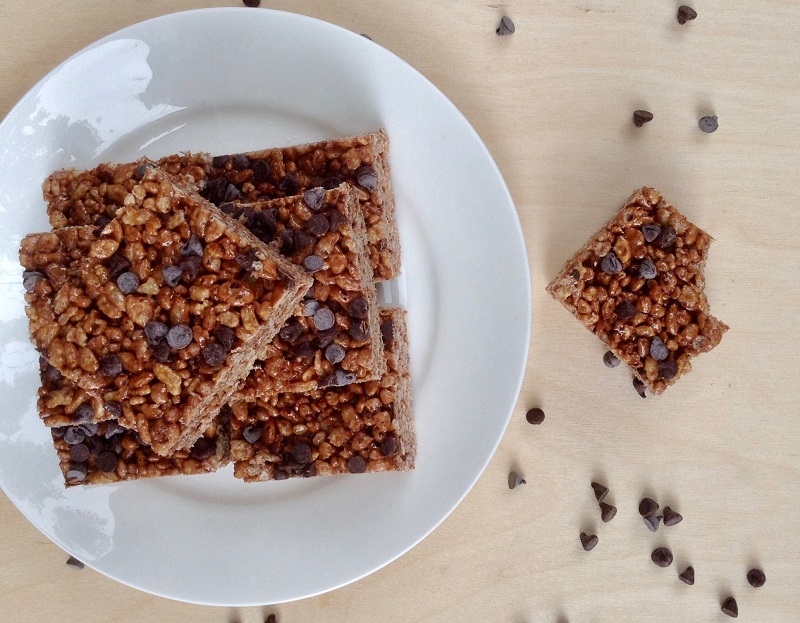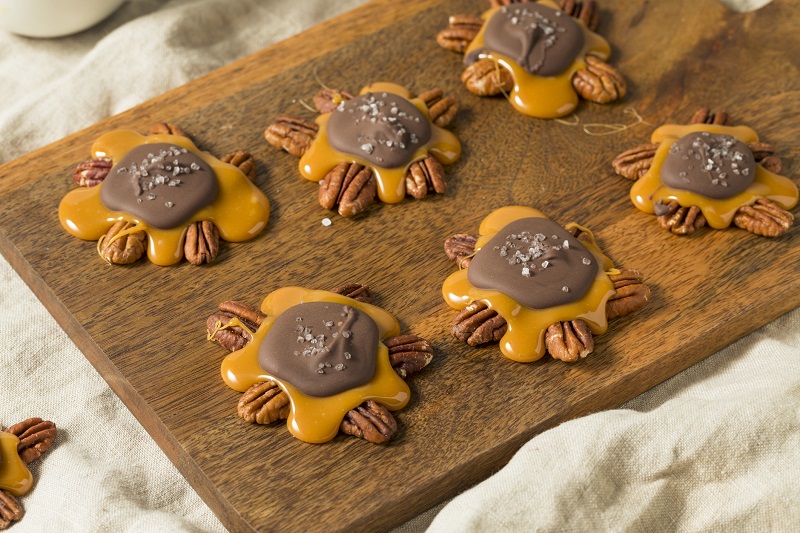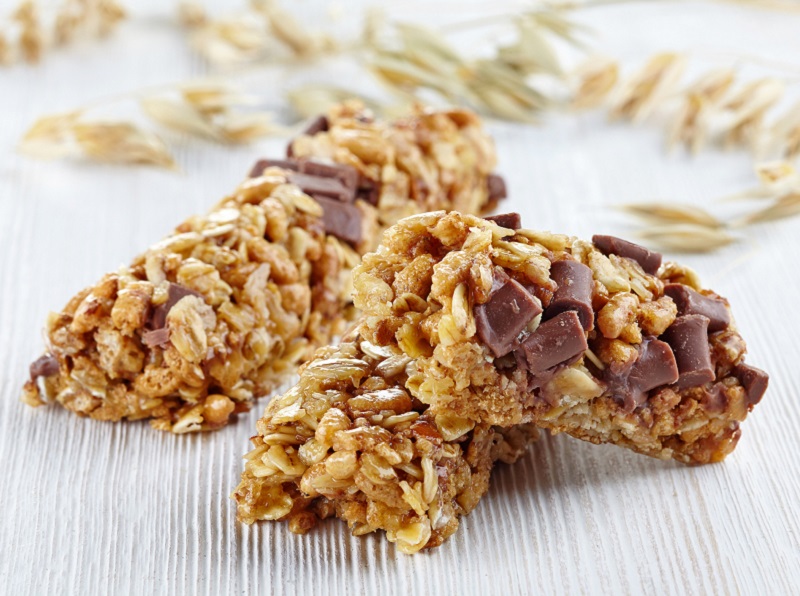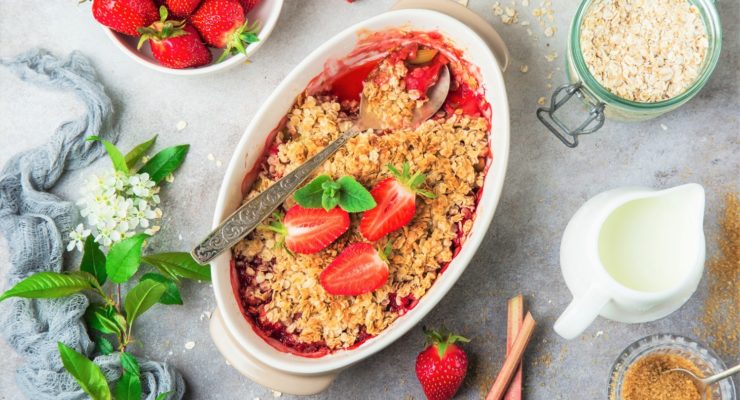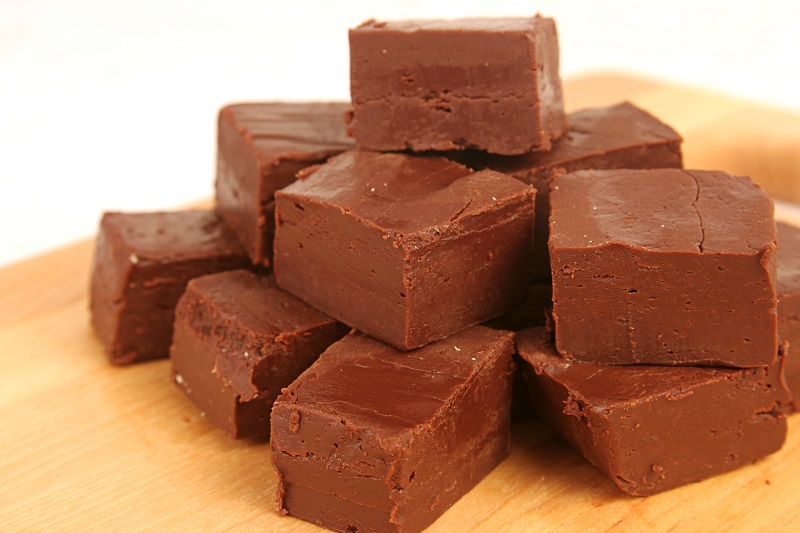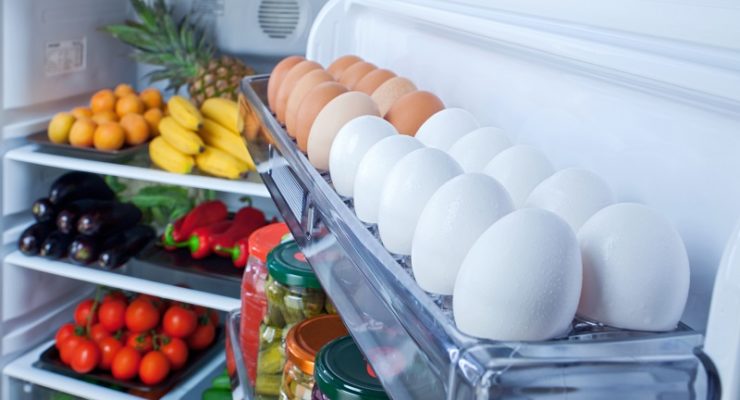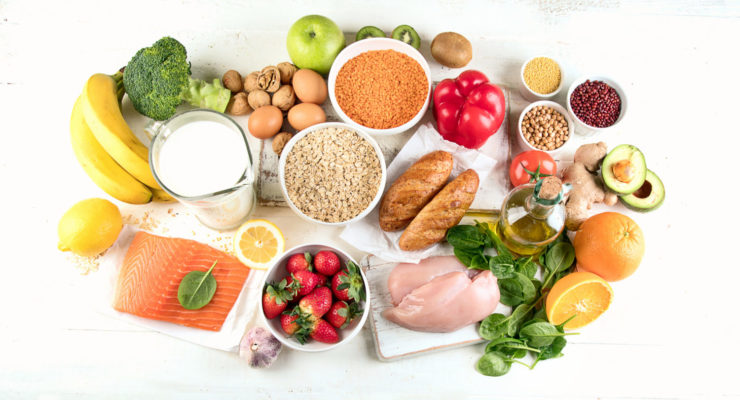Healthy Easter Basket Ideas: How to Keep the Whole Family Healthy
Spring has sprung and Easter is just around the corner. We know that holidays are always a concern when you’re trying to stay fit and eat healthy. That’s why we’ve come up with a variety of creative and healthy Easter basket ideas that are sure to keep you on track.
Two-thirds of American households will wake up on Easter morning to discover that the Easter Bunny has left a huge basket of goodies for every child—and even a few adults. According to the National Confectioners Association, the trade organization that promotes the candy treat industry, most of those baskets will be filled with chocolate bunnies and eggs (55%), with a scattering of jelly beans, candy-coated eggs and marshmallow candy.
Your Easter gift could easily add up to thousands of calories worth of candy concentrated in one small nest of plastic grass. Consider this: One 16-ounce solid chocolate bunny may be 1,000 calories or more, according to the United States Department of Agriculture (USDA). Yikes!
There are plenty of ways to make sure that you and your family can enjoy a healthy Easter holiday. Stop worrying that a seasonal sugar binge is going to foil your weight loss success or lead you all down a very unhealthy chocolate bunny trail. Here are just a few ideas to create a healthy Easter basket.
Put together the perfect healthy Easter basket with these five creative ideas:
1. Give a gift certificate to fun and adventure.

Your kids aren’t going to mind a downsized Easter basket if their primary Easter gift is a trip to the zoo, a visit to their favorite museum or an adventure day at an indoor (or outdoor) water park or natural area. Gifting memories and experiences rather than tangible items is the gift that keeps on giving. One study, published in the Journal of Consumer Research, found that giving your kids “experiential gifts” can help build a stronger parent-child relationship than material gifts. The relationship improvements “stem from the intensity of emotion that is evoked when they consume the gifts, rather than when the gifts are received,” explain researchers.
2. Think toys, not treats.

Along with a modest amount of candy, consider giving kids nonedible treats such as bubbles, kites, jump ropes, jacks, craft kits or games—things everyone in the family can enjoy together. A lot of these non-edible treats can be enjoyed outdoors, helping you and your loved ones stay active while enjoying Mother Nature this spring! You can also fill plastic Easter eggs with stickers, slime, coins, dollar bills, rubber stamps, colorful wristbands, friendship bracelets, glow sticks, marbles, erasers and fake tattoos. Many of these items are available at your local dollar store, party store or online.
3. Look for sugar-free choices.

To create a healthy adult Easter basket for yourself, spouse or coworkers, consider stocking up on some guilt-free sweets. Some of the largest confectioners make options for those who need to avoid or reduce their intake of sugar. These days, you can get everything from chocolate bunnies and marshmallow chicks to jelly beans and gummies that are free of sugar. There are even some stevia-sweetened candies that are available online and in stores. These will sweeten up your healthy Easter basket and keep you on track with your weight loss diet plan.
4. Choose healthier treats.

Half the fun of Easter is dyeing real, hard-boiled Easter eggs. One large egg is about 78 calories and chockful of satisfying protein, heart-healthy unsaturated fat and essential vitamins and minerals, says the USDA. According to Keck Medicine of the University of Southern California, “One study suggests that eggs don’t raise cholesterol at all for about 70% of people.” They also explain that eggs increase levels of high-density lipoprotein (HDL), also known as good cholesterol that decreases the risk of cardiovascular disease. This makes them a great healthy and colorful treat for Easter baskets. If you have any concerns about your cholesterol levels, speak to your doctor before consuming eggs or making any dietary changes.
Since there must be chocolate even in a healthy Easter basket, skip a few chocolate bunnies and substitute a healthier alternative. Try making some strawberries dipped in stevia-sweetened chocolate or mini whole wheat pretzels with a coating of white chocolate. Practice proper portion size and moderation by making simple fruit kebabs topped with one marshmallow chick.
5. Make your own sweets.

Not creative in the kitchen? Let the healthy recipe experts at The Leaf and Nutrisystem help! After all, one of our main goals is to create healthier versions of all your favorite foods. Head to the kitchen and create these five healthy Easter treats for a diet-friendly Easter basket:
1. Grasshopper Candy Bars >
You can easily purchase store-bought rice cereal treats. However, they’re not going to be as healthy as the ones you whip up yourself. These minty, chocolatey bars use four cups of rice cereal, two cups of mini marshmallows, two tablespoons of mini chocolate chips, one tablespoon of unsweetened cocoa, a little light butter and some peppermint extract to make a delicious goody that counts as two extras on the Nutrisystem plan.
2. Chocolate Pecan Caramel Bites >
NutriChocolaty Wafers are the base of this tasty take on pecan turtles. There are only two more ingredients—pecans and caramel chews—so they’re easier than pie. Each bite is 95 calories and counts as three Extras on the Nutrisystem plan.
You and your family won’t miss that “other” peanut butter cup once you taste these. All you need is three simple ingredients—chocolate chips, peanut butter and coconut oil—to make a healthy candy that will come in handy this holiday. One serving counts as just one PowerFuel and two Extras on Nutrisystem.
4. Chocolate Peanut Butter Crunch Bars >
Avoid temptation with a healthy candy bar that’s made with wholesome ingredients. Oats, peanuts, peanut butter, dates and a couple scoops of a Vanilla Nutrisystem Shake Mix create this satisfying Easter treat. To make the recipe even more festive, feel free to shape your bars like eggs! One serving counts as one PowerFuel and one SmartCarb.
5. Chocolate Peanut Butter Fudge >
This confection has the smooth, creamy texture of regular fudge but with fewer calories, fat and guilt. Plus, it’s so easy to make! Melt some peanut butter until it’s warm and thin, then pour in some NutriChocolaty Wafers and almond milk. Stir, allow the mixture to cool and pour it into an ice cube tray that’s been sprayed with nonstick cooking spray. Throw it in the freezer until it’s set, then eat! Each piece is only 116 calories and counts as one PowerFuel and one Extra.
Explore The Leaf and discover more delicious and healthy dessert recipes. Check out our Chocolate Covered Cookie Dough Easter Eggs for an irresistible diet food option this spring!
The post Healthy Easter Basket Ideas: How to Keep the Whole Family Healthy appeared first on The Leaf.
from The Leaf https://leaf.nutrisystem.com/healthy-easter-basket-ideas/



